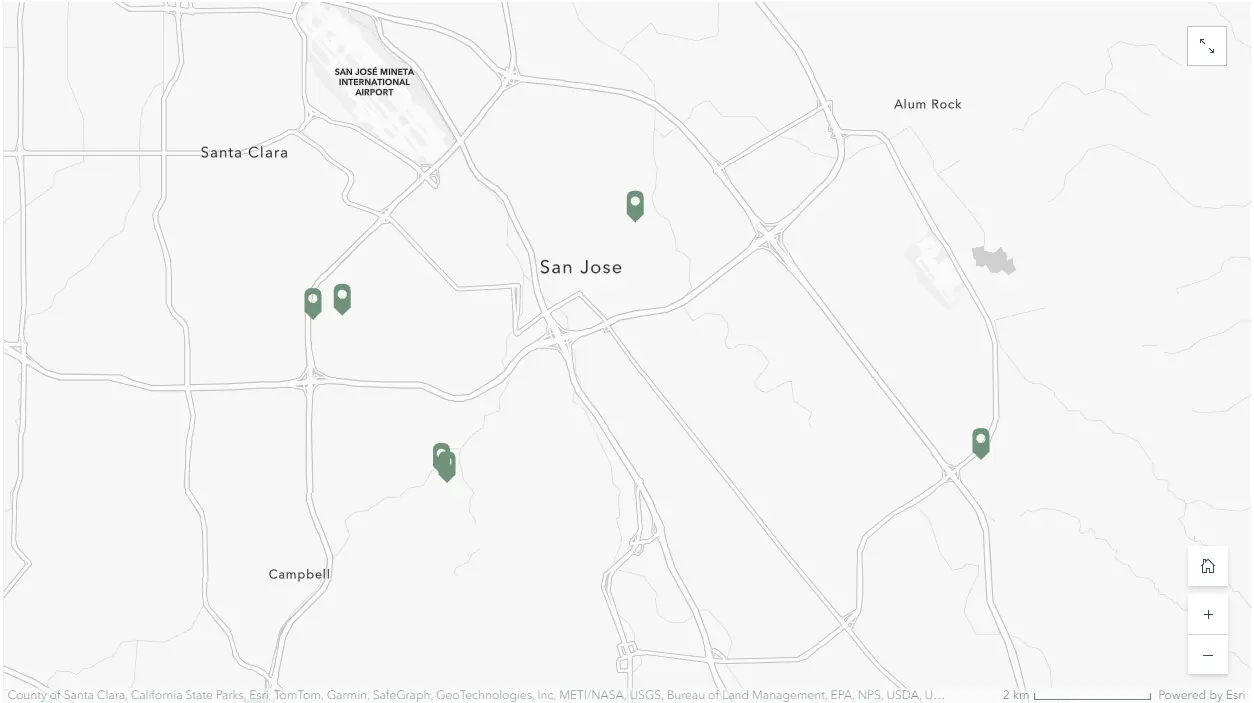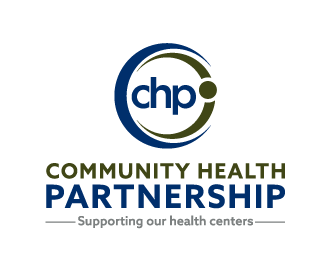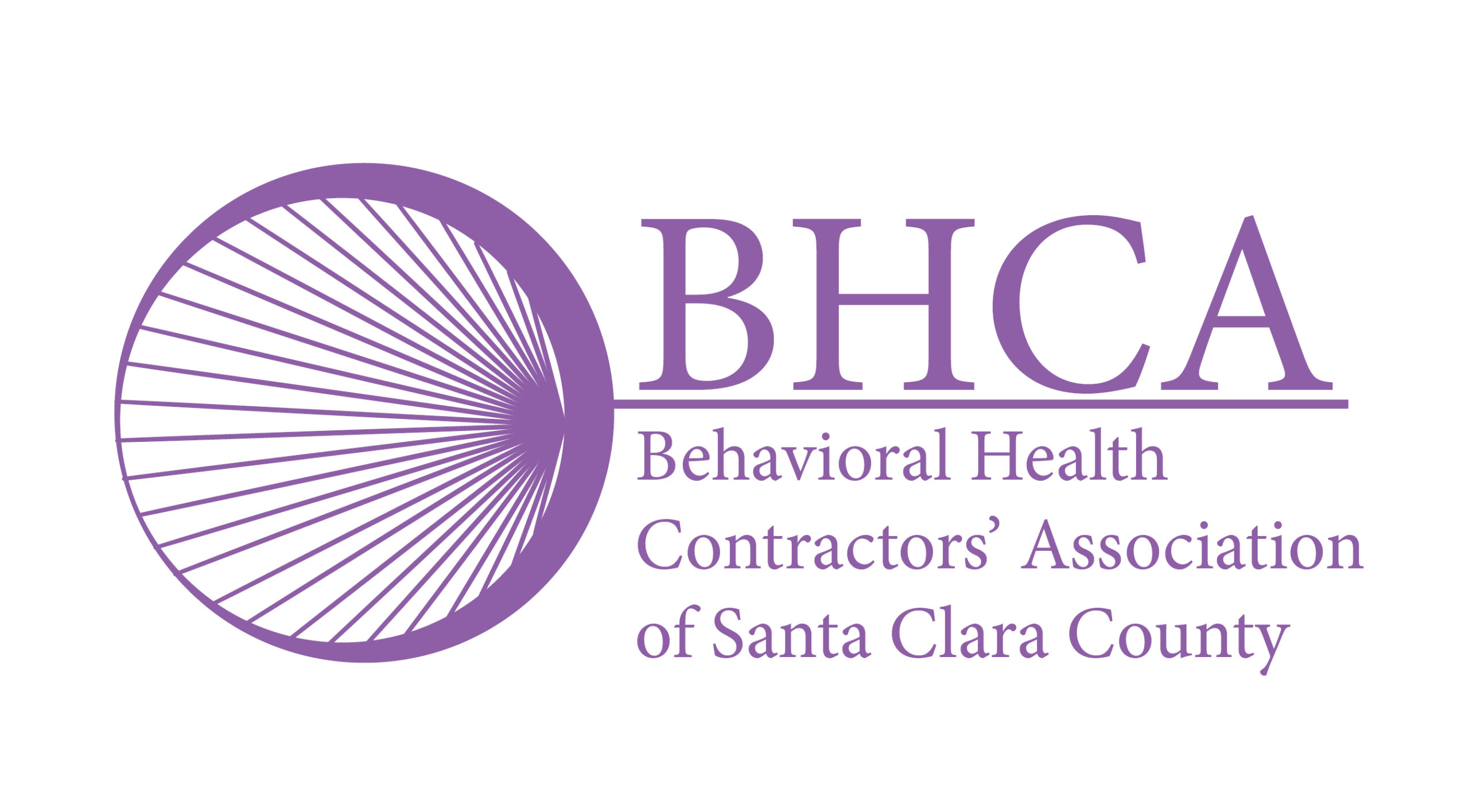
Interested in community health? Learn more about how the Health
Equity Agenda is driving health justice across our neighborhoods.
Join us in tracking the progress we are making.


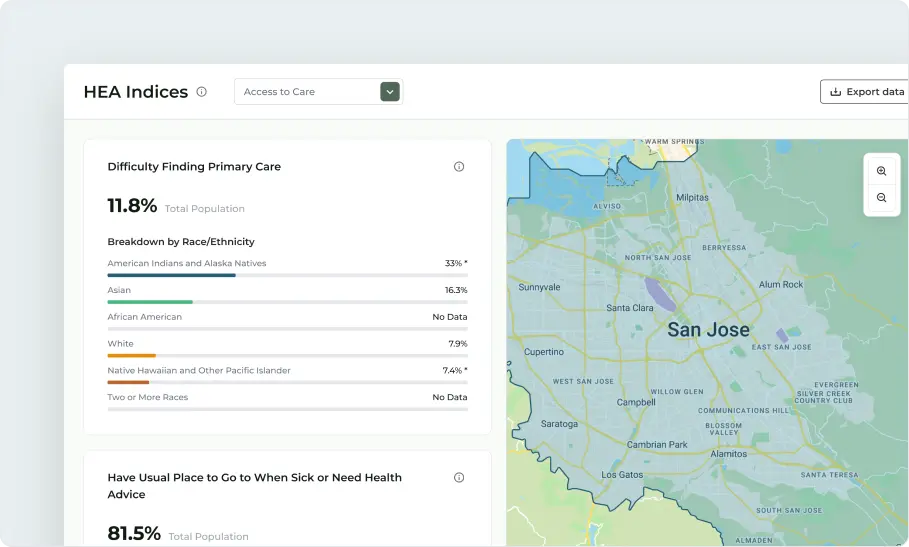
As we share the work of the Santa Clara County Health Equity Steering Committee, it is critical to provide context, the social and political space created to support the committee’s beginning and the work that developed. The COVID-19 pandemic laid bare deep racial and ethnic health disparities in Santa Clara County and across the Country. Locally, it has had a disproportionately negative impact on the health of Black, Latino, and low-income communities – particularly in East San Jose, Gilroy, and pockets throughout the County.
Santa Clara County is wonderfully diverse, with people who identify as Asian being the largest racial or ethnic group, including the second largest Vietnamese population in the world outside of Vietnam. Other sizable populations include White, Latino, Black, Native American, and Pacific Islander. Despite this, diversity injustices continue to take place every day. Some are more present in the media, and many go unnoticed, unchecked, and forgotten. Yet the harm and associated trauma strongly impact the overall well-being, safety, health, and the overall lives of the people impacted by discrimination and other injustices.
The Steering Committee sees this as the time to launch a more comprehensive Santa Clara County plan to address systemic racial health disparities, build health equity in our community, and mitigate the loss of life that may come with future pandemics and natural disasters.


Discover the eight issues that make up the Health Equity Agenda in Santa Clara County.
Access to High Quality Care is paramount for an individual’s health and wellbeing. This can be hampered by cost of care, transportation, provider shortages, long waits for specialty referrals, and difficult to navigate systems.
Air Quality is a measure of how clean or polluted the air is and heat increases the amount of ozone pollution and particulate pollution. Air Quality and extreme heat impact everyone’s health but impacts those with Chronic Lower Respiratory Issues (COPD, asthma) far more.
Behavioral Health includes both mental health and substance use. Many people feel shame or experience stigma when seeking these services.
Child welfare referrals are invaluable in ensuring the health and wellbeing of children in our County. They can also unnecessarily lead to some races and ethnicities experiencing overrepresentation within the child welfare system.
Diabetes is a chronic health condition that affects how your body turns food into energy. There are two types of diabetes, Type 1 and Type 2. While there is no cure for diabetes, but there are treatments to help manage diabetes.
How an individual experiences the health care system affects their health, wellbeing, understanding and compliance with care plans. Community members report experiencing racism, stigmatization due to mental health, fear due to immigration status, and language and cultural barriers.
Homeless or unsheltered individuals are those that lack a stable and suitable residence. Experiencing homelessness is dangerous and increased your risk of mortality.
Poverty plays an outsized role in an individual’s health and wellbeing.
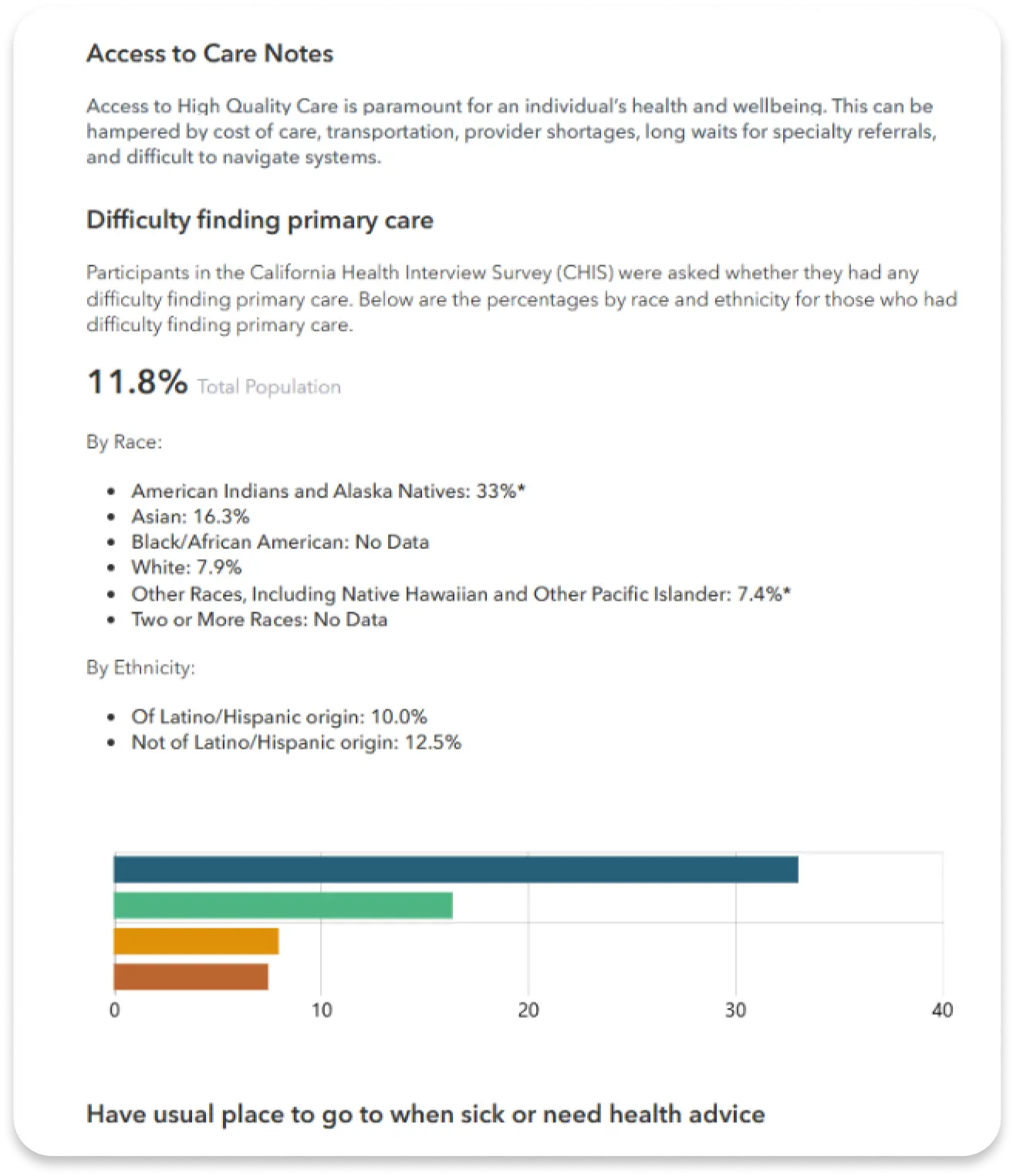
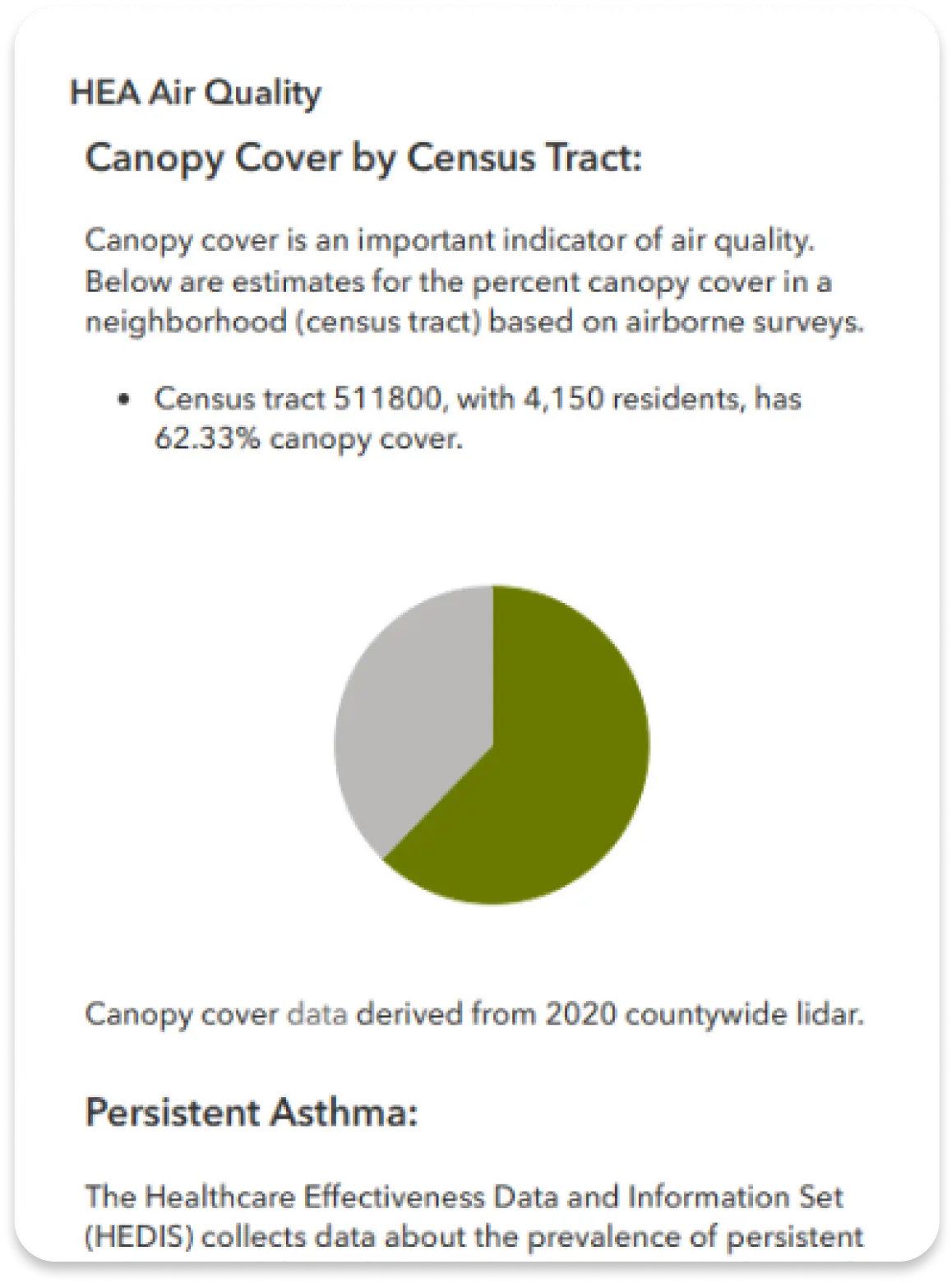
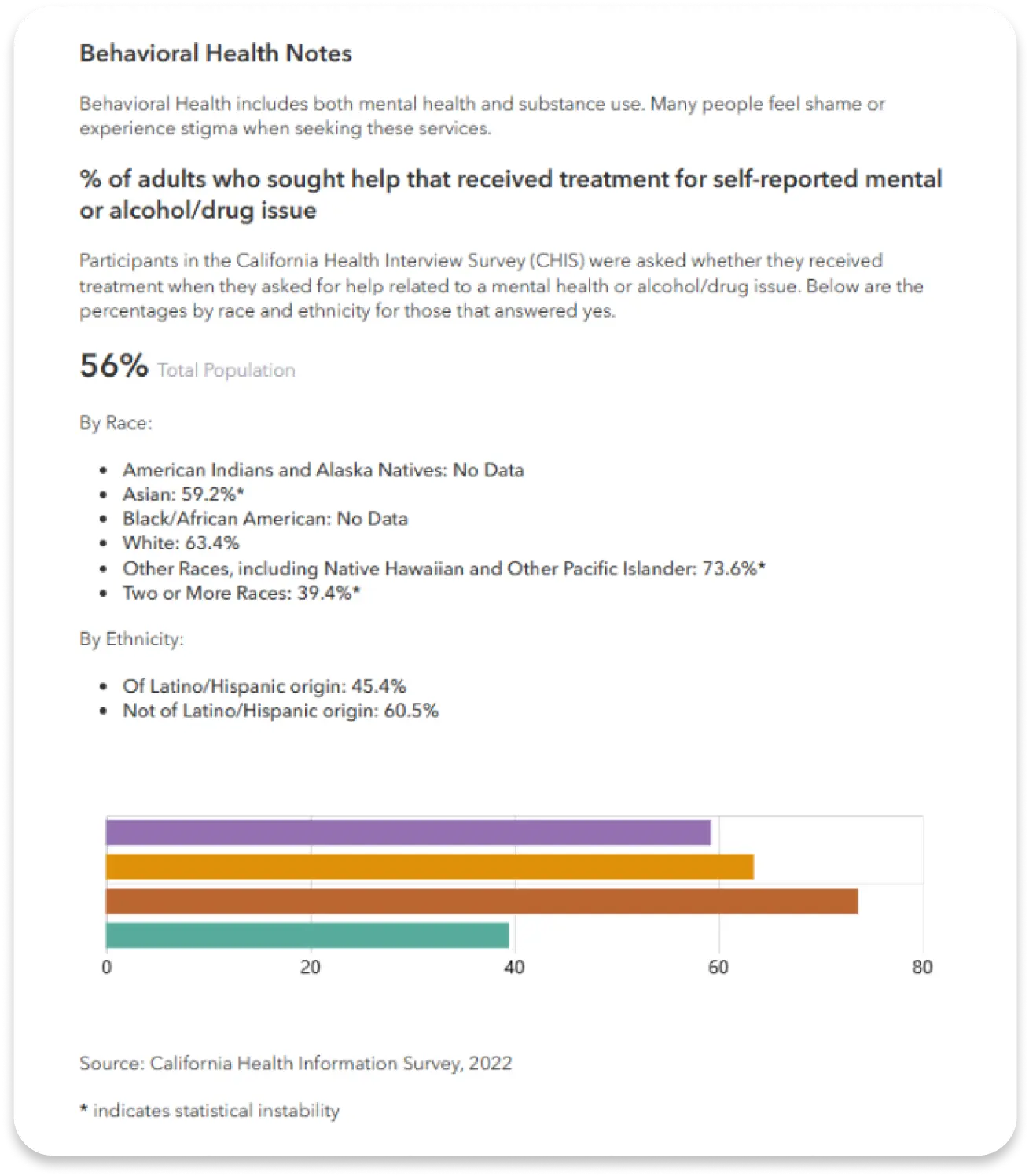
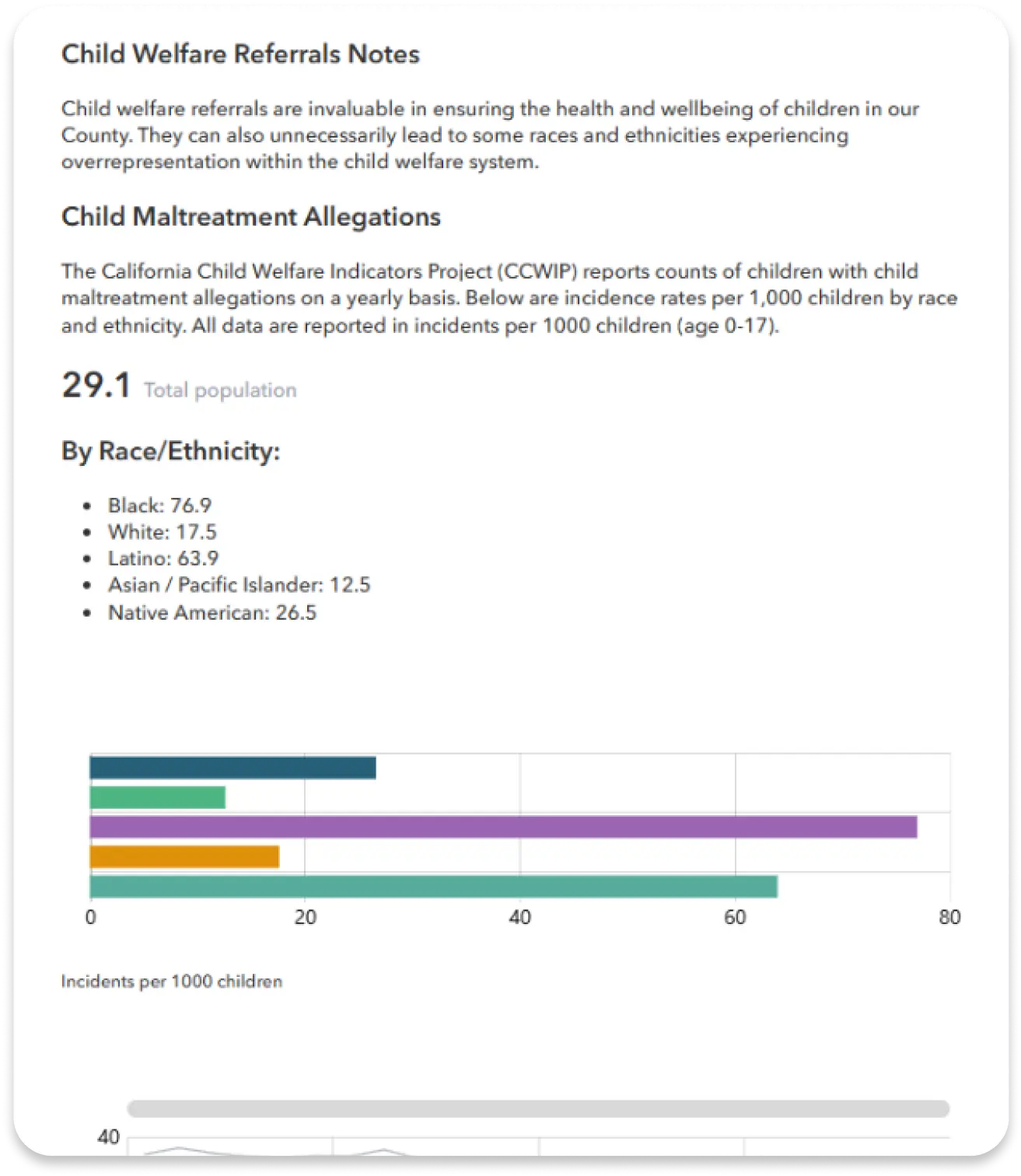
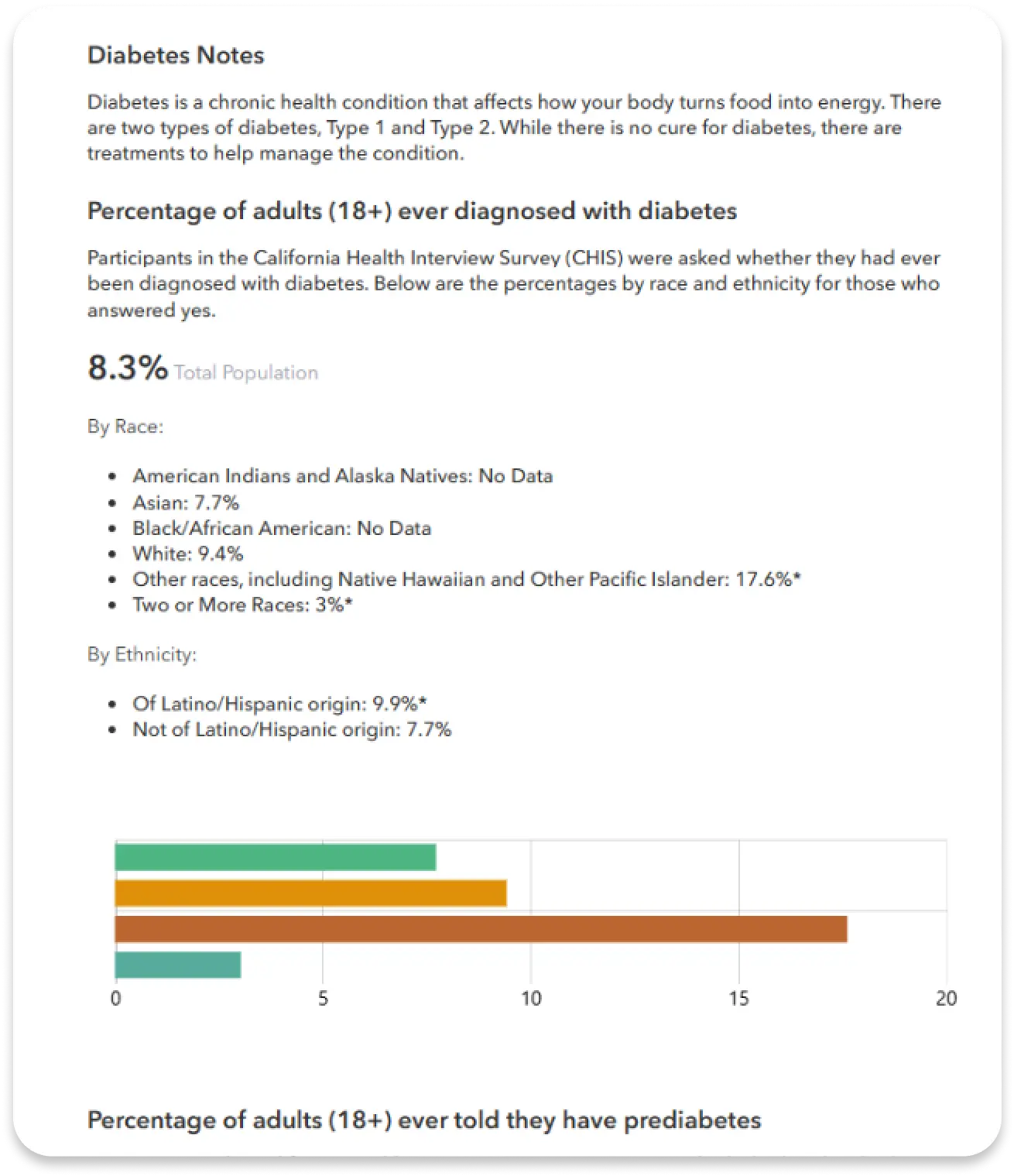
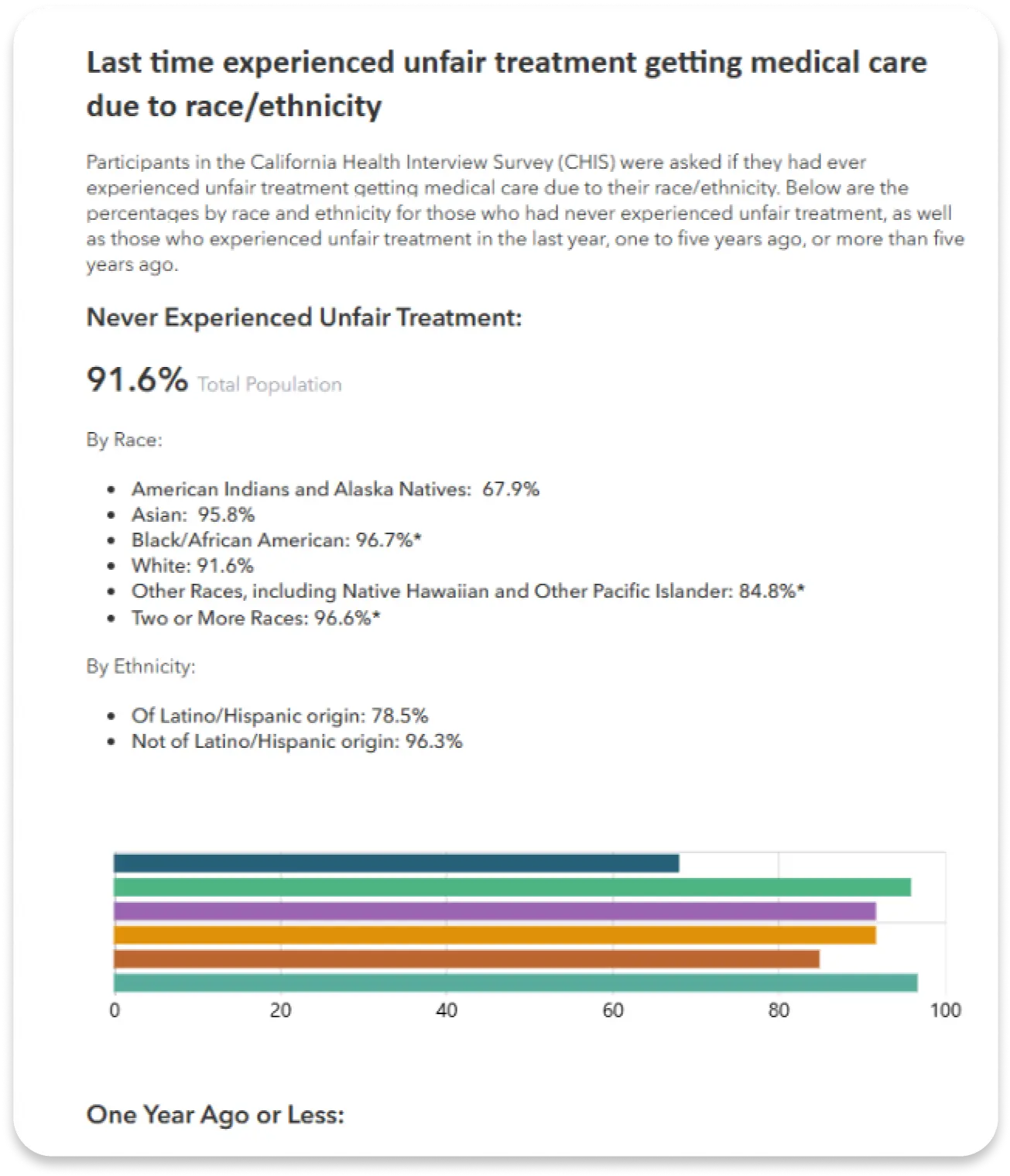
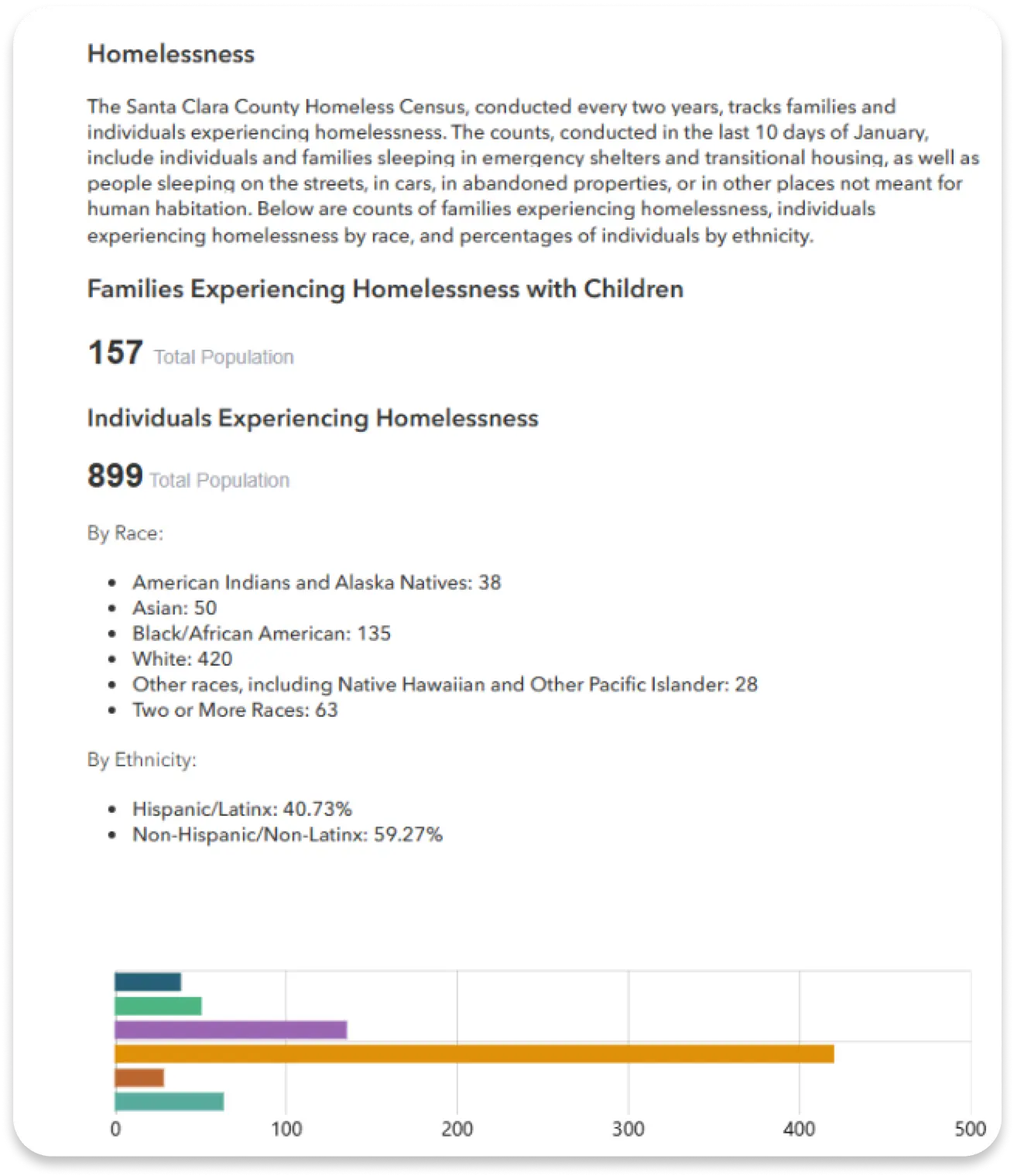
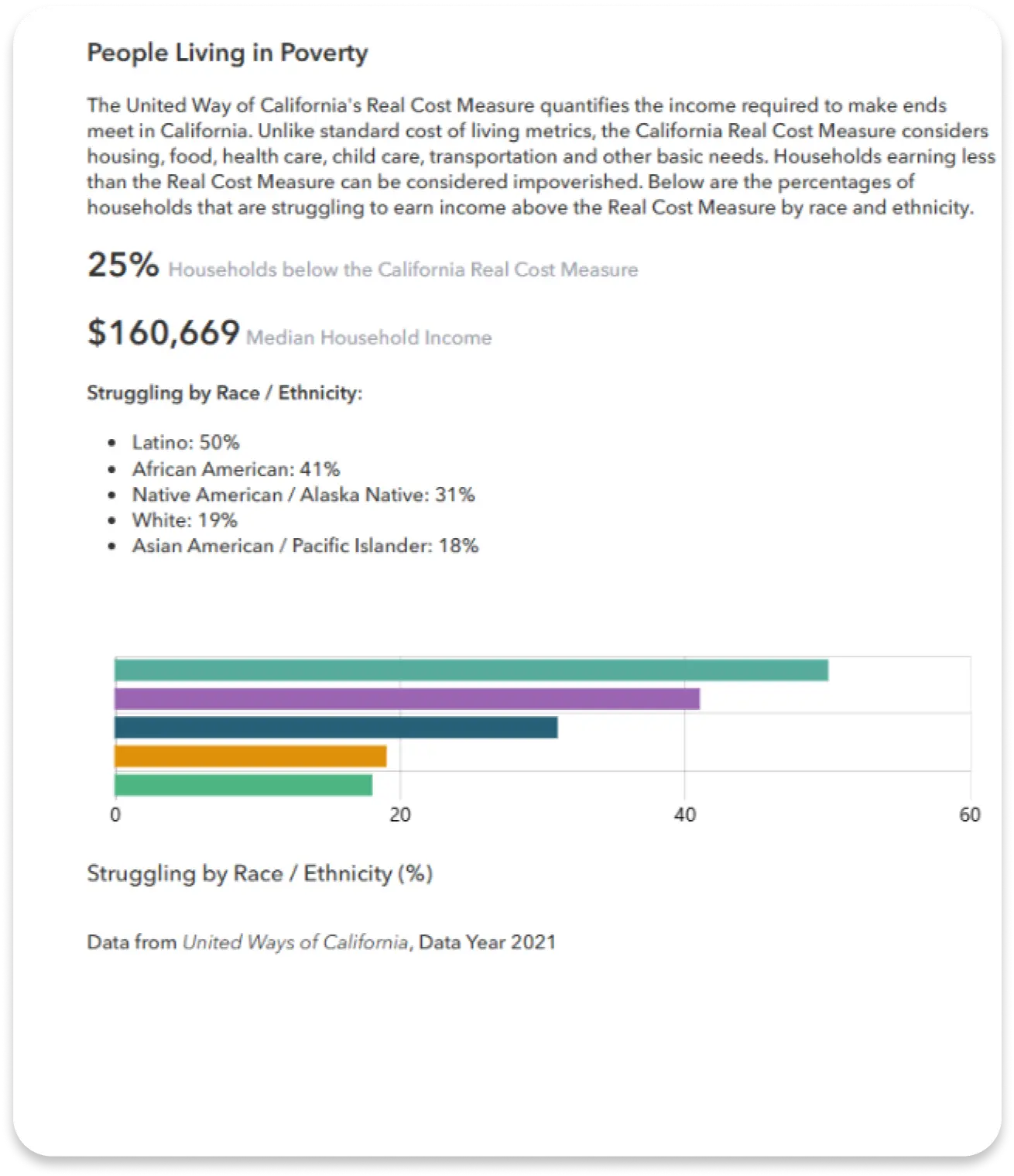
A collection of places that play a crucial role in community development includes various establishments and facilities. These places create opportunities for meetings, communication, collaboration and addressing health equity issues among diverse individuals
